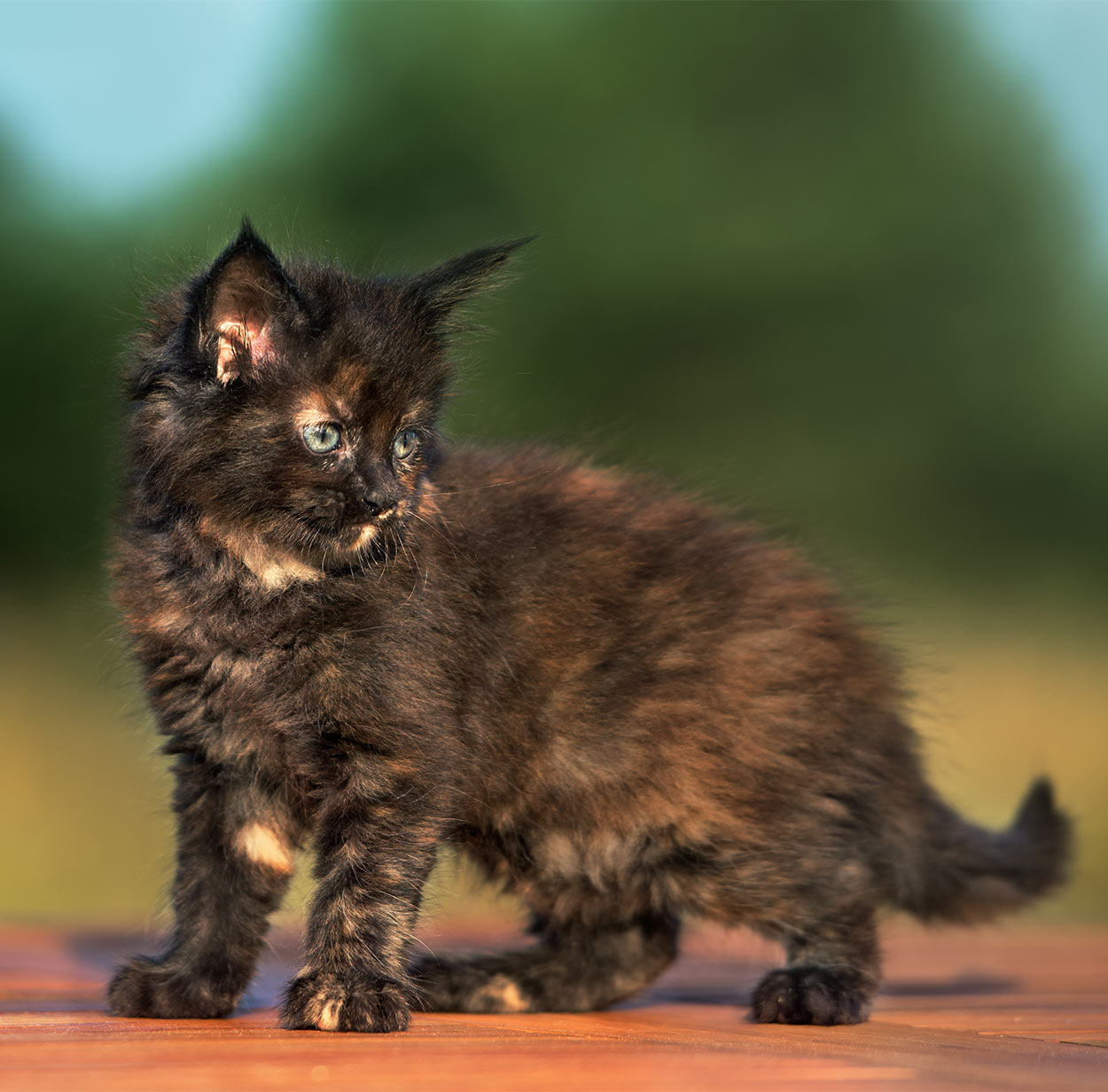Discover Tortoiseshell Cats: Facts, Myths & More!
Ever wondered about the mystique surrounding the multi-hued feline known as the tortoiseshell cat? These cats are predominantly female, carrying a unique genetic legacy that paints their coats in a stunning mosaic of color, making them a captivating subject of folklore and scientific curiosity alike.
The world of tortoiseshell cats is one of vibrant hues, historical narratives, and a dash of the extraordinary. Their coats, a captivating blend of black and orange, often interwoven with shades of red, ginger, or chocolate, create a living work of art. These felines are not just visually stunning; they are also steeped in lore, revered in various cultures for their perceived good fortune and unique personalities.
To understand the allure of these cats, one must first appreciate the genetic dance behind their distinctive appearance. The tortoiseshell pattern is primarily linked to the X chromosome, which dictates the color of the coat. Because females have two X chromosomes, they can express both black and orange genes, resulting in the mottled effect. Males, with only one X chromosome, typically cannot display this combination, hence the rarity of male tortoiseshell cats. In the rare instance a male does exist, it will almost always be sterile.
| Trait | Description |
| Coat Pattern | Mottled or particolored, resembling a tortoiseshell, with a mix of black and orange (or red, ginger, chocolate) |
| Genetic Basis | Linked to the X chromosome, primarily found in females (XX), males are typically sterile (XXY) |
| Breed Association | Occurs across various breeds, including American Shorthair, British Shorthair, Persian, Cornish Rex, Ragamuffin, and Maine Coon. |
| Folklore | Associated with good luck in several cultures. In Japan, believed to protect homes and ships from ghosts and shipwrecks. In the USA and Ireland, considered "money cats". |
| Personality | Often affectionate and independent, known for their unique "tortitude". |
| Rarity (Male Tortoiseshells) | Extremely rare, with estimates suggesting only 1 in every 3,000 tortoise Maine Coons is male. |
The coat coloration itself is not the sole determinant of a breed. Instead, its the presence of specific genes on the X chromosome that give rise to this color pattern. Thus, a tortoiseshell pattern can be seen across a wide range of breeds, including the American Shorthair, British Shorthair, Persian, and Maine Coon, among others. The cats pedigree doesnt define its coat; it is the coat that defines the cat.
The term "tortitude" has been coined to describe the supposed unique personalities of tortoiseshell cats. Anecdotal evidence suggests that these cats possess an extra level of "attitude" and are often judged by this perceived temperament. While the basis for this claim is debatable, it reflects the unique persona that these cats have. They are often affectionate and independent, possessing individual personalities that shine through.
The origins of these captivating cats can be traced back to ancient times, when the tortoiseshell pattern became intertwined with legends. In Southeast Asia, it was believed that these cats were formed from the blood of a young goddess. Japanese fishermen carried tortie cats on their boats, especially males, which were believed to guard against ghosts and shipwrecks. In the United States, tortoiseshell cats are often seen as "money cats," bringing good fortune into the home.
Whether its for good fortune, or simply their unique and vibrant personality, the tortitude of tortoiseshell cats is a common description. These cats are frequently sought after, not just for their appearance, but because of the fascinating blend of traits and personalities that are often observed. They occur in a variety of breeds, from the popular Maine Coon to the Persian. As kittens, they are just as rare and charming with their blue kitten eyes.
The scarcity of male tortoiseshell cats adds to their allure. The genetics behind their coat coloration contribute to their rarity, making them highly sought after by enthusiasts. In the case of a tortoiseshell Maine Coon, for instance, it is estimated that only one in every three thousand is male, making them an exceptionally uncommon sight.
The care of a tortoiseshell cat is much like any other feline. Adult torties will need a balanced diet that helps them maintain a healthy weight, as well as regular check-ups, and plenty of love. Just remember that, although often affectionate, they can be independent and enjoy their space.
In folklore, the impact and lore are seen even in the stories from ancient times. Folktales from the Khmers of Southeast Asia attribute the origins to the blood of a young goddess, and the Celts believed that Tortoiseshells brought good luck.
The unique characteristics of tortoiseshell cats have captured the hearts of many, making them popular and beautiful. The origins of these cats are as fascinating as their appearances, including beliefs about good fortune. The color of the coat alone is what distinguishes these animals, it is not determined by the breed.
If you're searching for a male Tortoiseshell Maine Coon, you might face challenges, as it is difficult to find one. Tortoiseshell Maine Coons are relatively rare and difficult to find in shops, rescues, or shelters. Their coat genetics contribute to this rarity, adding to their appeal.
The mesmerizing blend of colors found in a tortoiseshell coat, the rich tapestry of myths and legends surrounding these animals, and the unique personalities they exhibit, all contribute to the enduring popularity of these truly special felines.


